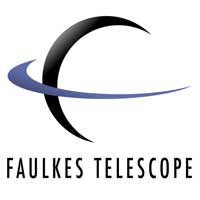How to Watch a Meteor Shower
- Introduction
- Comets
- Asteroids
- Meteorites
- Meteor Showers
- Rock Types
- Identification
- Origins
- Destruction
Watching a meteor shower can be one of the most enjoyable things about observing the night sky, waiting with tense excitement to see the next shooting star. The best meteor shower is the Perseids – not because it necessarily has the most meteors, although it does have as many as 100 per hour – but because you can sit out in the garden during the warm summer night to watch them, rather than having to wrap up in your scarf, bobble hat and gloves during the middle of winter, as you would have to for watching the Geminids in December.
For the best meteor viewing, find a dark corner of your garden or from wherever you are observing. Allow time for your eyes to adjust to the darkness, and use a red light torch rather than a normal torch, so that you do not ruin your night vision.
To avoid going back inside, bring a flask and some snacks with you and wrap up warm – even in August for the Perseids, it can still get chilly late at night. A hat is essential, as your body loses much of its heat through your head.
Now, you have probably discovered that when looking at the stars, straining your neck to look up all the time can quickly become uncomfortable. For meteor watching, a deck chair is ideal – you are angled comfortably upwards.
Simply watching for meteors and counting up how many you see in your head is fun, but if you want to be a proper scientist then you need to record your results, as you would during a real science experiment. With a clipboard, pen and paper, write down the time that you see each meteor, which direction the meteor comes from, its colour (if you can see any) and how bright it was (compared with perhaps the star Vega, or the stars of the constellation of Orion).
So you have spent some time out in the garden, watching and recording meteors. What do you do with your results? Send them to organisations such as the British Astronomical Association and the Society for Popular Astronomy, who collate all the eports to look for trends in meteor showers – for example were they more or less active than in previous years, and if so, why? By watching a meteor shower and reporting what you see, you could be ontributing to real life science – how exciting is that?


